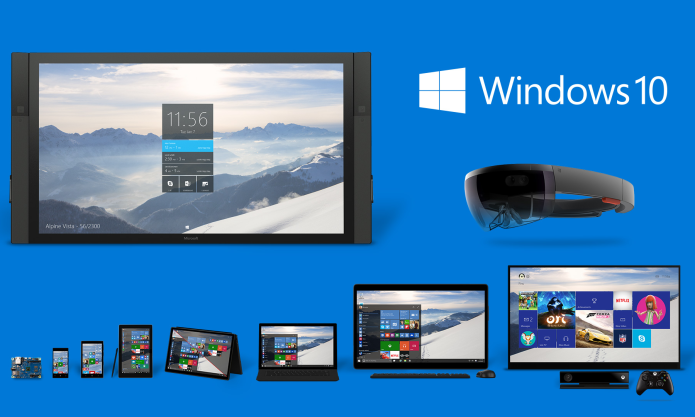Microsoft has just revealed a new policy that once again tries to “encourage” users to upgrade to or embrace Windows 10, but this time it won’t be alone in making the push. It has roped in CPU makers, Intel, AMD, and Qualcomm to help steer users towards the latest Windows version. It will be doing so by a two-pronged approach. For end consumers, only Windows 10, or later versions, will be supported on the current, and next, generation of chips, starting with Intel’s Skylake. For Enterprise users, Microsoft is pulling the plug on critical updates by July 17, 2017.

Microsoft really wants you to switch to Windows 10 so bad that, at times, it makes some not so popular decisions that almost equate to shoving it down users’ throats. Most of the time, however, the company is dangling the promise of continued security updates as an incentive. Now it has found another way to push users, this time through hardware.

In a nutshell, Microsoft is saying that newer processors, staring from Intel’s “Skylake” and upcoming “Kaby Lake”, AMD’s “Bristol Ridge”, and Qualcomm’s “8996”, will only support the latest version of Window at the time of their launch. Which practically means Windows 10, of course. Those who did purchase a Skylake machine that came with only Windows 7 or Windows 8.1, how rare that might be, will still be supported until January 14, 2020 for Windows 7 and January 10, 2023 for Windows 8.1.
Enterprise users, on the other hand, the grace period is much shorter. After July 17, 2017, computers with Skylake processors won’t receive regular updates anymore. But don’t fret, they’ll still get “most critical security updates”, but if and only if they won’t affect the stability of those “legacy” systems.

Reception on this new policy is, unsurprisingly, mostly negative, with many seeing Microsoft once again forcing users to upgrade. And this time, it has gotten silicon makers to join the chorus. For the likes of Intel and AMD, that is somewhat of a good news as they won’t be hampered by having to support Windows 7 and Windows 8.1 if they don’t want to. For users, that leaves them with very little choice unless they opt to not receive timely and sometimes critical updates.
On a side note, Microsoft’s blog post mentions a Qualcomm chip as part of this new policy. Whether that is for Windows 10 Mobile only or hints of Windows 10 coming to ARM in full is something we still have to look out for.
(slashgear.com)


